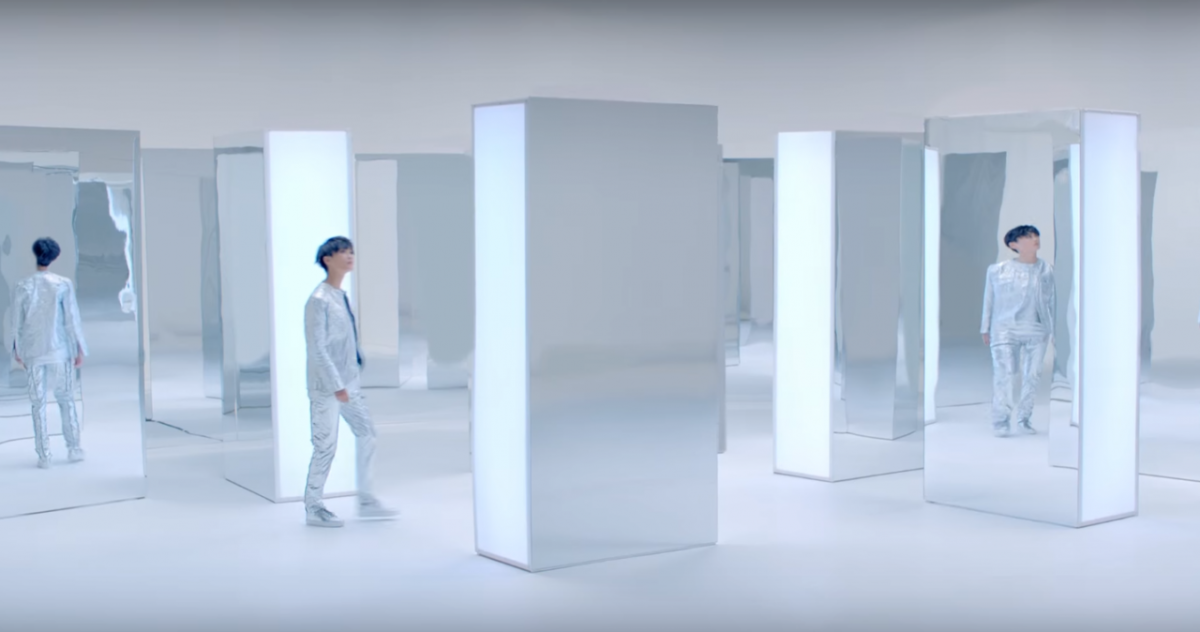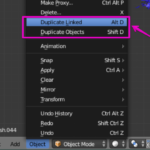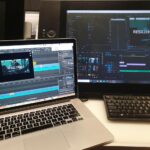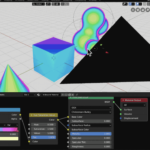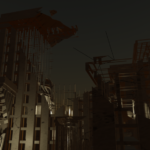At the start of 2016, I decided I should brush up on my 3D skills by doing a 3D render a day for practice purposes (365 DAYS OF 3D!). All the 3D things I’ve made in the past were mainly designed in Openscad and then 3D printed/photographed/digitally painted the image by hand in Photoshop and Illustrator. In the past I’ve used anything from openscad, Sketchup, Blender, Modo, Solidworks and Meshmixer to produce and edit 3D models – but oddly without having had the proper finesse or experience of knowing how to light and render scenes properly (since I was producing models for the purpose of 3D fabrication/printing – rather than for for 3D rendering). For the last few years, in a weird roundabout way I found other ways to achieve an artificial/plastic 3D rendered look without doing actual 3D rendering thus far. So the next step seems to be: what about becoming more skilled at 3D lighting/rendering so I can maybe find new ways to experiment with realism?
I decided to focus on the free tools like Blender and Meshmixer to see what would come of it (now I have also gotten into Unity). But real life and work has intervened so I didn’t quite finish a model a day. However, a roundup for my Blender experiment for the first 50 or so days seems in order here…
See also:
3653d.tumblr.com – the best of my generic renders
3653d wiki – annotated notes on my Blender process and shortcuts
Blender
It took me a week of daily use to properly internalise the foundations of Blender, after which it became a joy!… or to be very frank, almost an addiction!?? A kind of twisted, warped game where I had to make replicas of everything I saw in reality; I’d take notes on where the objects and light sources were located and how the light was bouncing off things; I walked down the streets at night and unrealistically declared to George “LOOK AT HOW MANY POINT LIGHTS THERE ARE IN THIS SCENE!”; and railed against how reality and the building standards in real life are pretty shitty – in the sense that things don’t snap onto a grid and the average space/house has so many messy joints. (Realism in 3D modelling/rendering is composed of carefully calculated mistakes…)
For the first few days of working intensively with Blender, I couldn’t understand why nothing happened when you did a left-click, and all the shortcuts I hoped to find seemed mapped to completely different things than I expected, which made it incredibly frustrating to use at first. The options are Mode dependent, meaning you must understand exactly which Mode the function you are looking for is under. (eg: you can edit and see a modifier such as boolean or subdivision surface in Edit Mode, but you cannot Apply it unless you go back into Object Mode. or if you are viewing in perspective instead of ortho, you cannot see the background image for reference). And you’ll also need a mouse for Blender to make life worth living. But when you have finally internalised all the shortcuts, Blender works like a charm and Cycles Render is surprisingly decent.
One of the best features about Blender as an open source tool is that it used to have a screencast key plugin which displayed which key you had pressed so it was ideal for making screencasts and teaching other people how to use it. Every complex application should have a function like this – it makes learning and teaching the application a lot easier! Everything I learnt about Blender came from watching people’s videos at 1.5x speed and looking at the little letters appearing in the corner of the screencast.
Sadly screencast keys was removed in 2.7 but I found a way to activate it again – and then I made my first Blender screencast!! (Complete with blandly aspirational royalty free background music!)
This had a lot of messy hidden geometry in this one but I don’t care since we’re not going to send a hairy bear to a 3D printer. And my main goal here was to capture the little finger indentations which are often left on the short velveteen fur of the bear.
George (as 3d layman) said that the visuals coming from Blender looked impressive to him considering the time taken to make them, but to be honest I haven’t become more impressed by Blender after using it – conversely I have become less impressed by the 3D modelling I have seen everywhere else, after I realised that clean geometric designs are sometimes face-slappingly simple to replicate. It wasn’t that the technology had become more awesome, it was simply that I needed to get to the point where I realised how easy it would have been to access the technology all along if I just put myself to it. I don’t know – why do I always have this idea that if it is “too easy” to learn, then it is not really true technical expertise? Or am i just being pedantic, or have I been insidiously conditioned into thinking that technical skill must be beyond me?
As an exercise, I tried to find images to replicate in 3D to test my ability to replicate a model (together with camera position and lighting) within a short time. I decided the reference images also had to be photos. Since these were meant to be quick exercises I chose simple images that I could render within a reasonable amount of time. But the point was that it was necessary to have some fixed goal in mind – to see whether or not I could achieve a specific look rather than settling for another effect when I actually wanted to attain another.
Here are the outcomes of a few of the other experiments:
#realLove
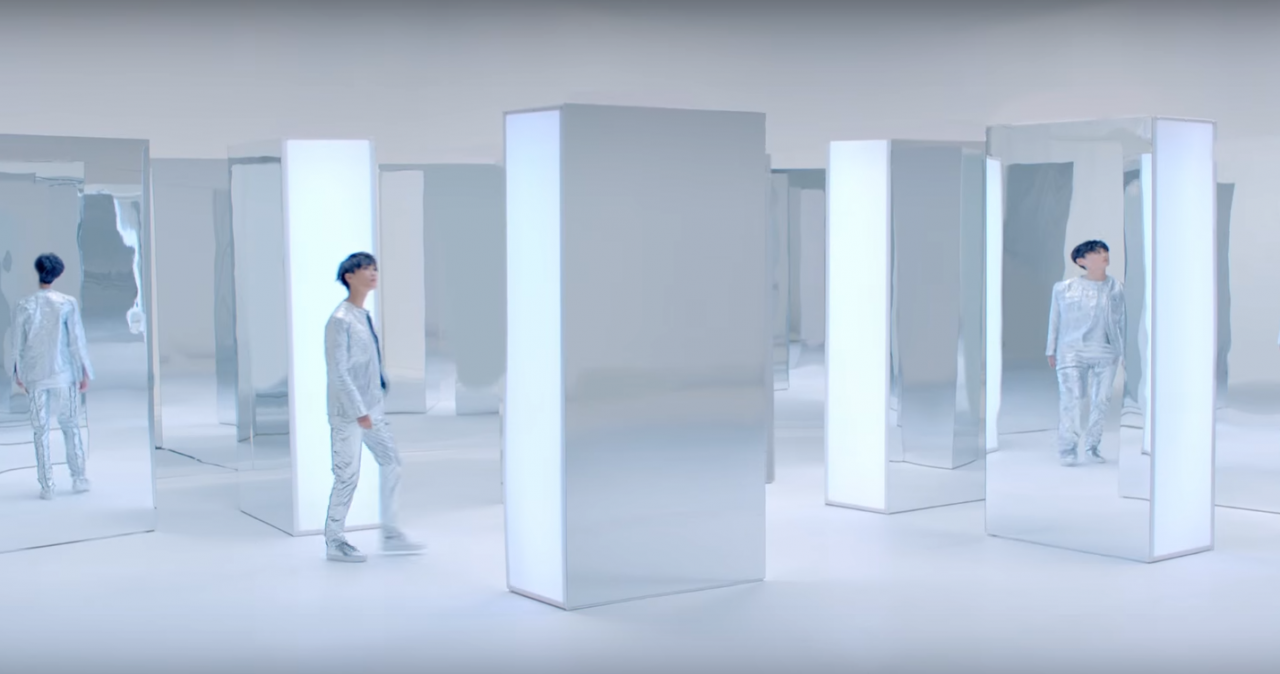
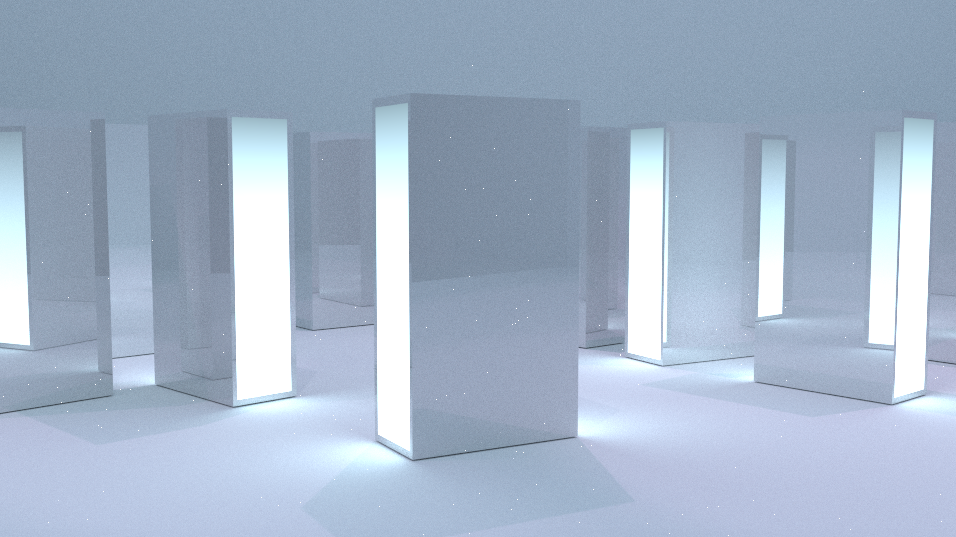

A delightfully simple lighting and metal shading exercise based on a the set design for the new PC music track featuring Chinese singer Chris Lee (李宇春) (track produced by A. G. Cook)
#miamiArtFairBlackBox
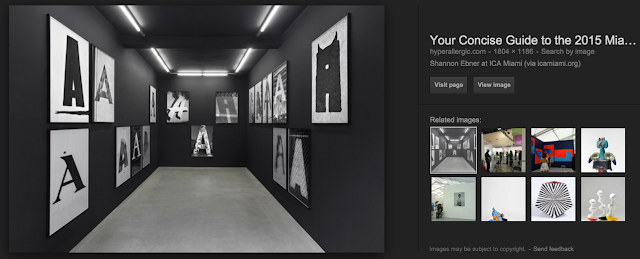
Ended up on some hyperallergic “Concise guide to the 2015 Miami Art Fair”, an event I have never cared for or desired to attend in the past or future, and did not know why I had ended up on this page after reading something art or design related – but it doesn’t even matter anyway. Nothing matters anyway.
The image was titled “Shannon Ebner at ICA Miami (via icamiami.org)”. I have not googled it but I’ll assume it was the artist whose typographic work is being shown in that black room.

#drivenToAbstraction
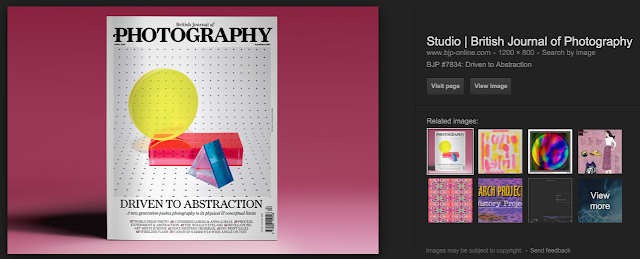
I saw this clean image and had just spent some time reading about Index of Refraction, which is how transparent materials such as glass and acrylic/plastic bend light. A good list can be found here IOR Values, and plastic tends to be about 1.46 to 1.5. So I thought I’d just see how long it would take to reproduce this image.
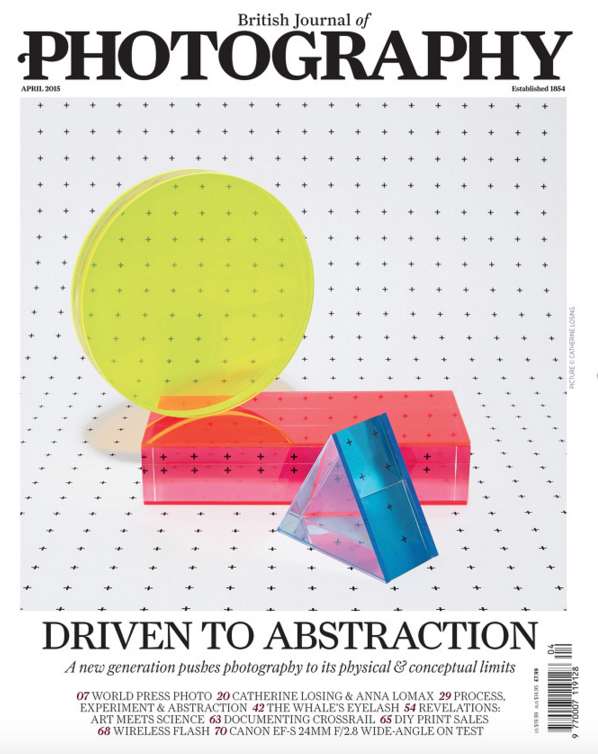
A further closeup was found of it, which I had reverse Google Image searched for and then traced back to a Catherine Lossing as the photographer.
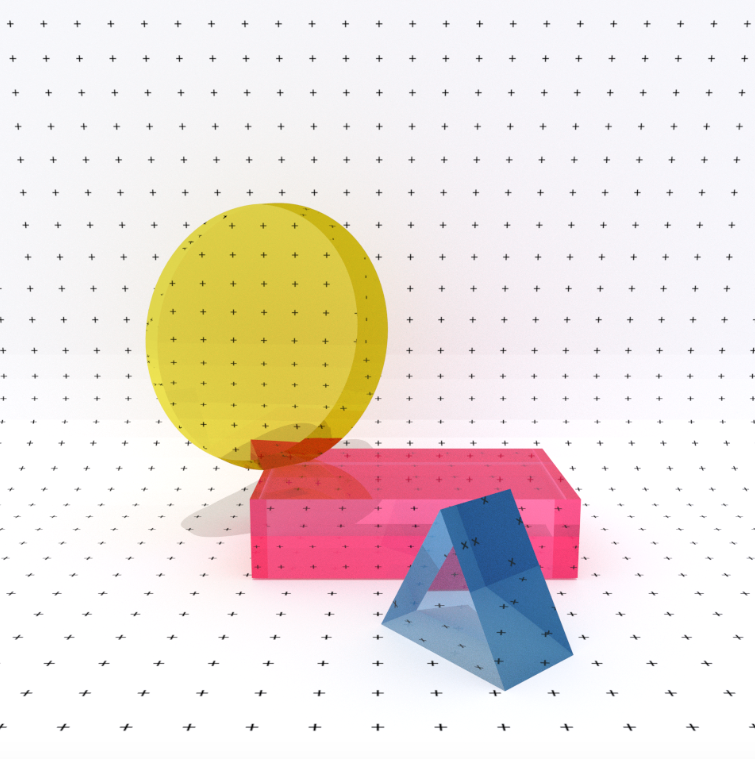
And yes it turns out it took just half an hour to make this. From scratch. Almost depressing, isn’t it? This almost feels like taking the piss. I could easily improve the lighting reflection/refraction (which you can see in the original photo) as well if I spent more time on lighting but a rough proof-of-concept is sufficient for this exercise.
#whiteCubeGate

Reference taken from a random image I saw on Google Images whilst searching for something else entirely. I decided to just focus on the space and lighting, so I didn’t really care for reproducing the artwork beyond simple monogrammatic blocks stuck to the wall.
To be honest, I didn’t even know Theaster Gates was the name of the artist when I did this. Instead, whilst making this, I thought to myself, “hmm why does this weird “Theaster Gates” gallery look like the White Cube in Bermondsey?….” After which I googled it and yes it is White Cube… What can I say – I don’t follow the London art ting so closely and I was not in London in 2011 when the gallery first opened and this exhibition was on. Sorry if it sounds ignorant (but actually, I’m not even really sorry, so…)
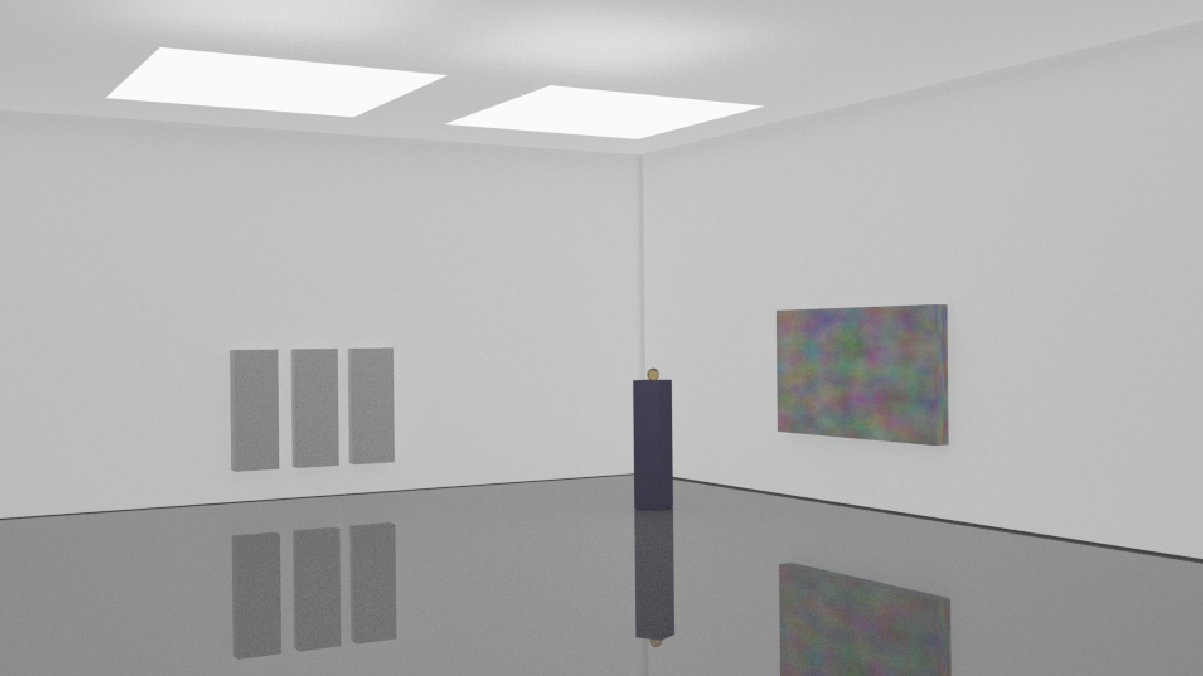
WHO NEEDS TO GO TO REAL GALLERIES ANYMORE
WHEN ANYONE CAN GENERATE AND DISTRIBUTE IMAGES
OF 3D RENDERED TUMBLR ART GALLERIES ON INSTAGRAM??
In next week’s update on 365 Days of 3D: Meshmixer and Non-manifold Nightmares…
